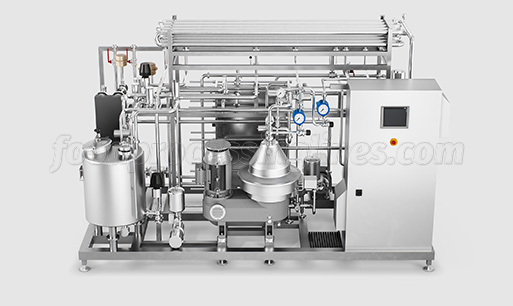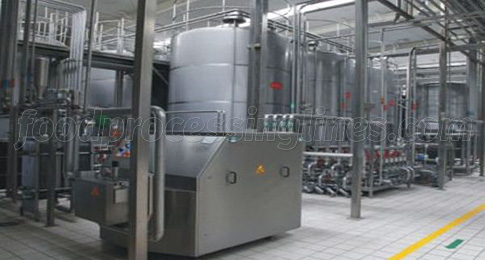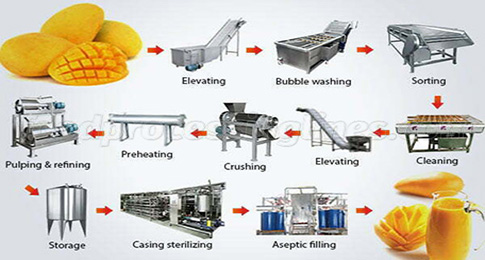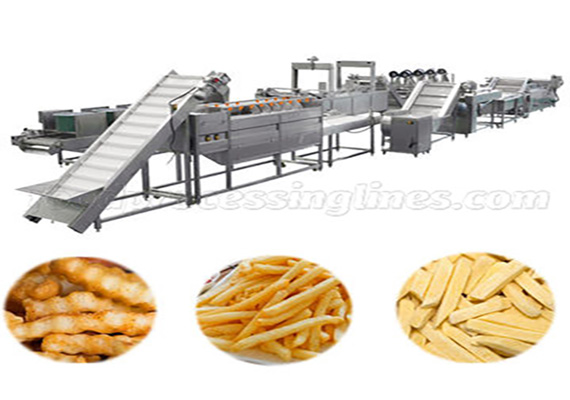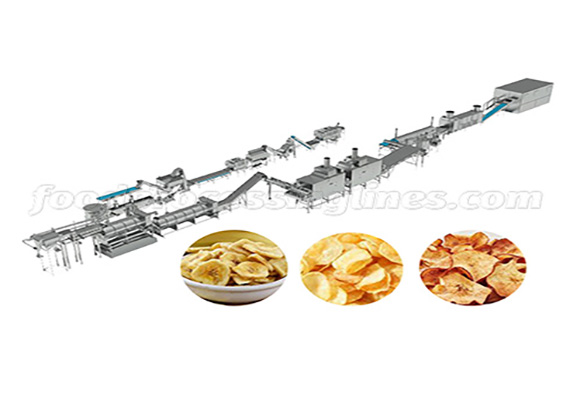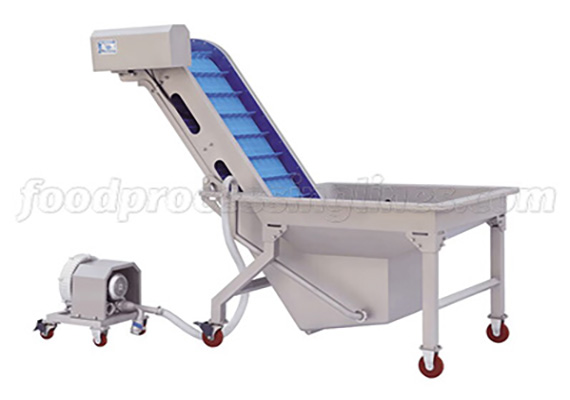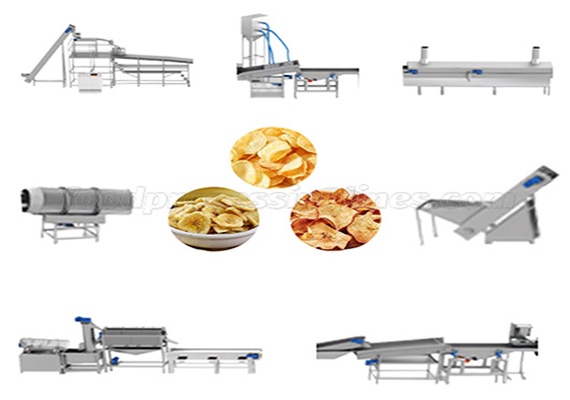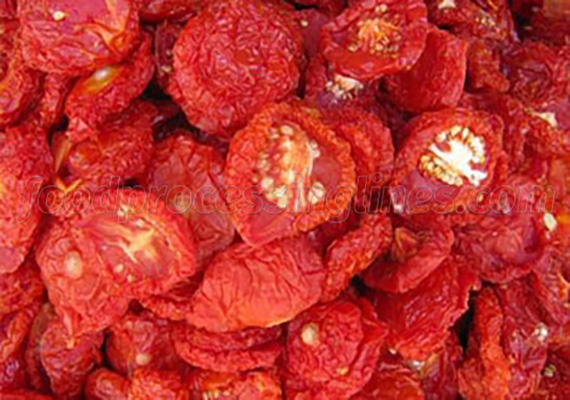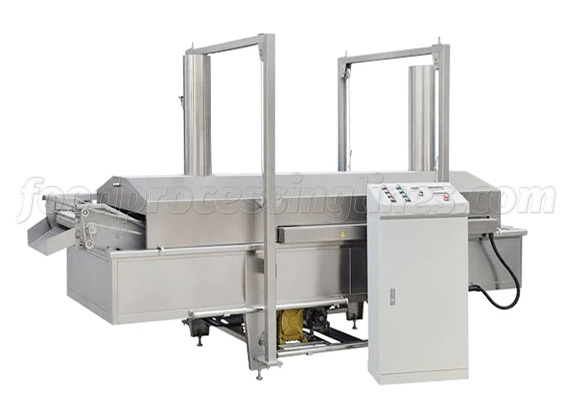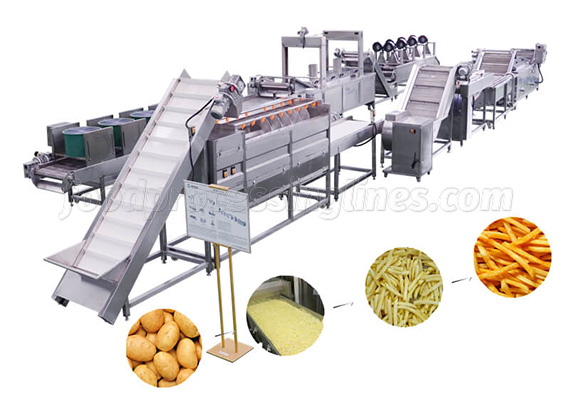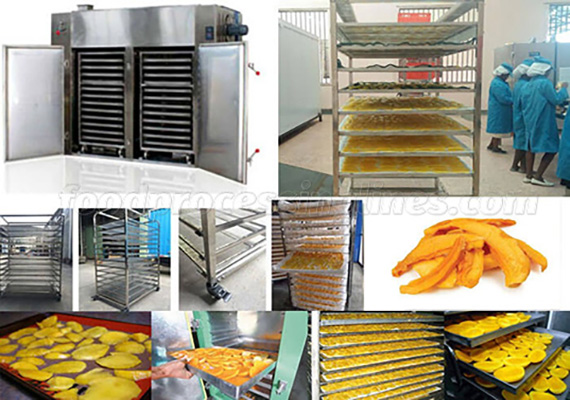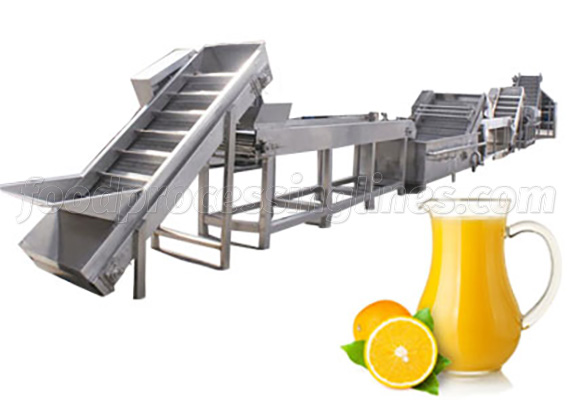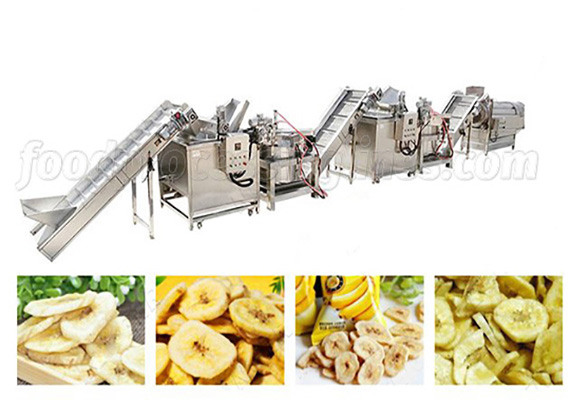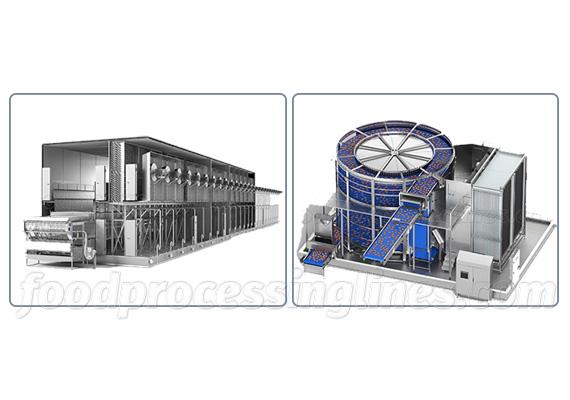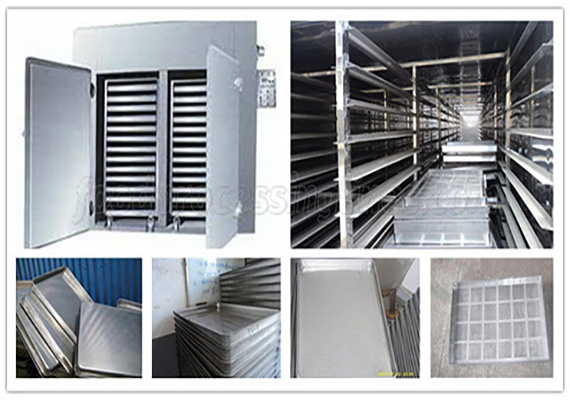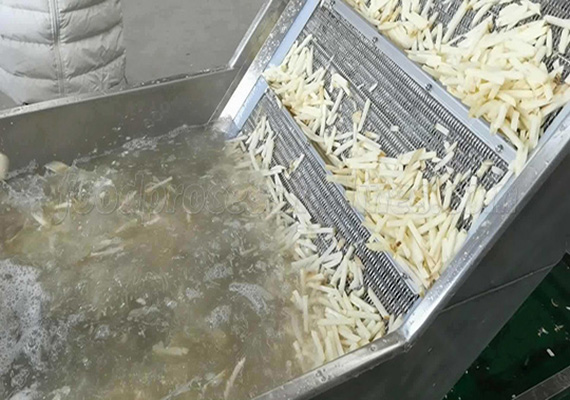What is the Pasteurization Technology
Pasteurization is a sterilization technology used to eliminate harmful microbes without damaging the raw material quality. And in the beginning, it refers to heating at low temperature (60-70℃) for 30 min. Nowadays, it refers to various heat treatment for killing bacteria, including heating at high temperature for short time. Pasteurization technology is widely applied in milk, juice, wine production. Now, the details of pasteurization technology are as follows:
What is the process of food pasteurization?
The heating medium is hot water, usually under the boiling temperature. So FPL pasteurizer heat up the raw materials to 68-70℃, keep this temperature for 30min and cool down suddenly to 4-5℃. As the death point of most bacteria is 68℃ and under 30 min, so this process can eliminate most bacteria. Then, the sudden temperature drop will cause the bacteria to die.
Which types of pasteurization technology is suitable for you?
There are three types of pasteurization technologies for your choice.
This pasteurization process is intermittent. Nowadays, it is only used in small-scale milk plants to make cheese products.
Its pasteurization is a flowing process. And it is processed in plate heat exchangers and widely used for milk production. Furthermore, the pasteurized milk still contain some bacteria, and need to be kept at low temperature for transportation and storage.
It is the most efficient technology. Because it heat up the raw materials to 135℃-140℃ and keep for 3-5s. The short time protects the drinks from nutrition loss. Furthermore, it has more thorough sterilization effect and the pasteurized drinks can preserve longer.
Tips: The generally used HTST pasteurization has 2 types:
- One is to heat up the milk to 62-65 ℃ and keep for 30 min. And this process can eliminate various growth pathogenic bacteria, with the disinfection rate of 97.3%~99.9%. In addition, the left bacteria are some thermophilic bacteria, heat resistant bacteria, and spores, of which most are lactic acid bacteria that benefits human health.
- The other is to heat up the milk to 75~90℃ and keep for 15~16 seconds. And this method takes less time but have higher efficiency. So it can eliminate most of the bacteria without causing nutrition loss.
Widely Application for pasteurization technology
Pasteurization is used in different food for different purposes.
For milk, yolk and other fermented products, pasteurization can eliminate the possible pathogenic bacteria, like tuberculosis bacillus and salmonella. So FPL can provide you with pasteurized milk production line, etc.
For beers, wines, and fruit juice, pasteurization can eliminate harmful bacteria and inhibit enzyme activity to prolong the service life of products. And fruit juice production line can also be found in FPL.

